JOINT BASE LEWIS-MCCHORD, Wash., May 12, 2011 -- Of all the branch insignia on uniforms at Joint Base Lewis-McChord, Wash., one stands out for a unique reason.
Chaplain (Capt.) Somya Malasri's dharma wheel is one of the most uncommon symbols in the military. He is the first, and currently only, active-duty Buddhist chaplain in the Army.
Now with the 593rd Sustainment Brigade at Joint Base Lewis-McChord, Malasri is facing the challenges of being a good Soldier, a good Buddhist and a good leader to the Soldiers he came to help.
"It's good to be different. We can all connect to each other," he said.
Originally from Thailand, Malasri entered a Theravada Buddhist temple near Phuket when he was 17 to study Buddhism and meditation. At 21, he became a fully ordained monk, and entered Mahachula Buddhist University to earn his bachelor's degree.
While he was there, he taught Buddhist philosophy and history to students, and did missionary work in China and India. He eventually became interested in a missionary program that sent monks further abroad.
He applied and was selected from among 200 candidates to go to the United States, serving at temples in Colorado, Utah and Las Vegas. This was where he encountered his first American Soldier.
While working at a temple near Salt Lake City, a Buddhist Soldier came to Malasri for a blessing before he deployed. Later, while he was working at a temple in Las Vegas, Malasri met another Soldier who told him there were no Buddhist services available on base. From there, the decision was made.
"OK, I want to be a chaplain," Malasri said of his thoughts at the time.
In 2005, Malasri applied to be a chaplain. Though he had to wait for an endorsement from the Buddhist Churches of America for his application to be accepted, he didn't wait to jump into Army life.
Instead he disrobed as a monk and enlisted to get an idea of what it was like to be a Soldier. In the Theravada tradition, one cannot be a monk and a Soldier at the same time.
In 2006 his application was accepted and he went on to earn his master's degree and become an ordained Buddhist minister in Los Angeles.
Now that he's a fully-fledged chaplain at JBLM, he doesn't regret his decision to leave life as a monk.
"Now I'm happy because I can serve more people," Malasri said.
Part of his service to others includes providing weekly Buddhist services on base. Spc. Lawrence Ross, 593rd Sust. Bde., attends regularly.
"(It gives me) a sense of belonging, where a group can connect without any animosity of judging," he said.
Ross, who became a Buddhist in 2008, says that it has helped him become a better Soldier and that having a Buddhist presence on base helps people see another side of the Army.
"It's not all about kicking down doors and killing people," he said. "It's all about helping people. Bottom line."
This is a sentiment Malasri agrees with. He says he gets asked a lot how he balances being a leader of a famously peaceful religion and being in the armed services. For him, even the least aggressive of people must be able to defend themselves, their property and their rights.
"If you don't have a Soldier, you don't have freedom to practice your own religion," he said.
Protecting this diversity is important to Malasri.
"We cannot have only one religion," he explained. "For example, we have five fingers. They're all different (but they all work together)."
Related Links:
STAND-TO!: Army Chaplain Corps 235th Anniversary
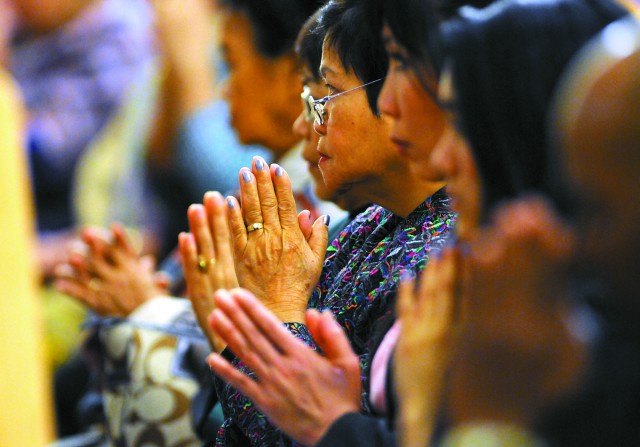
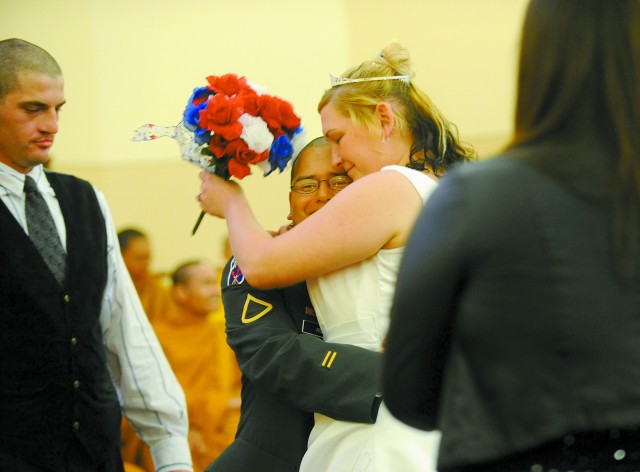
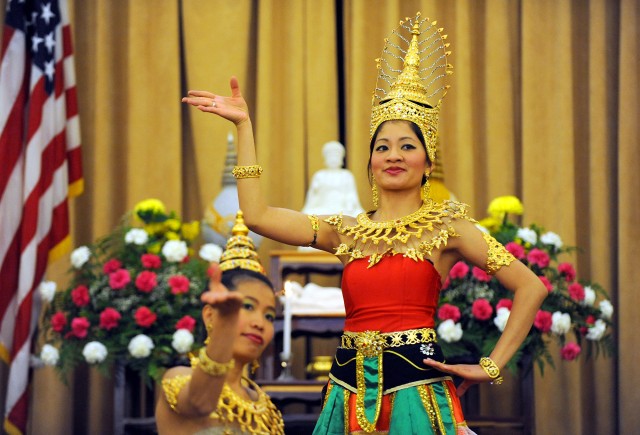
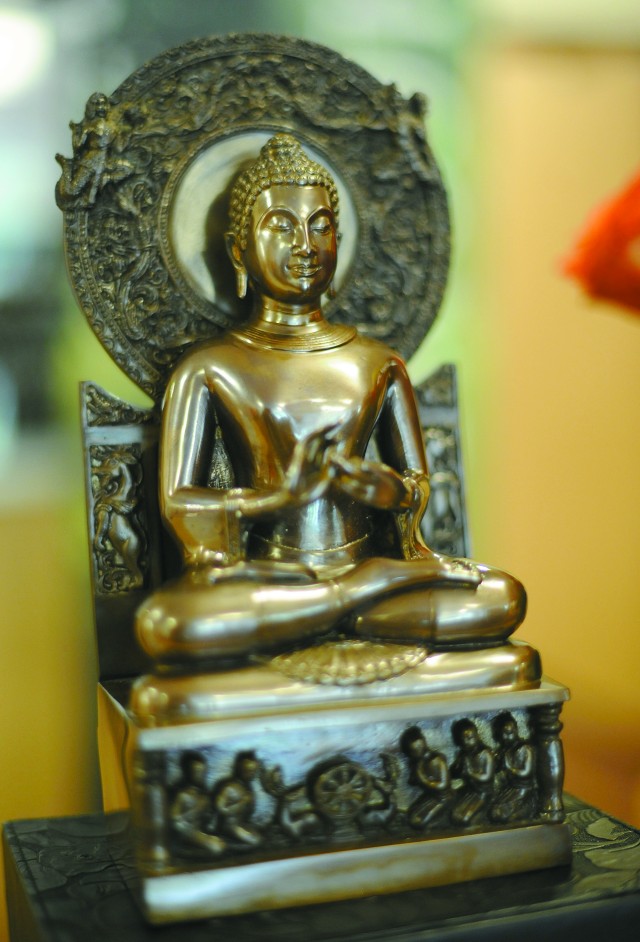


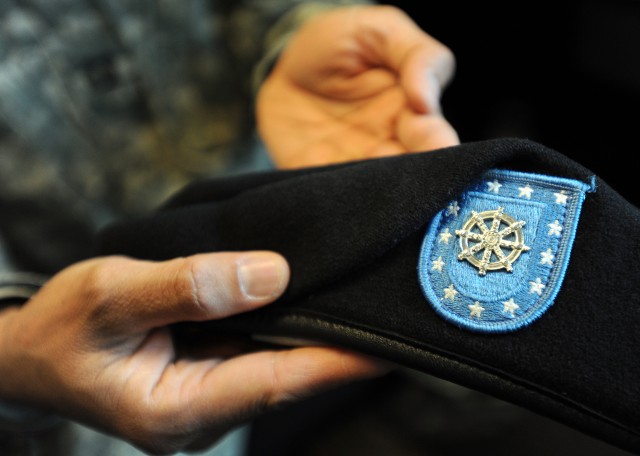
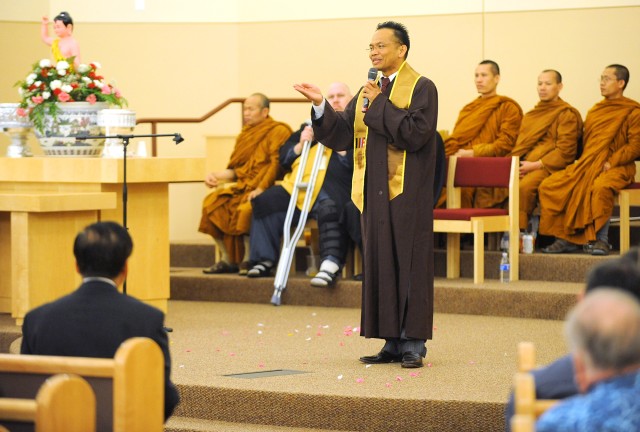
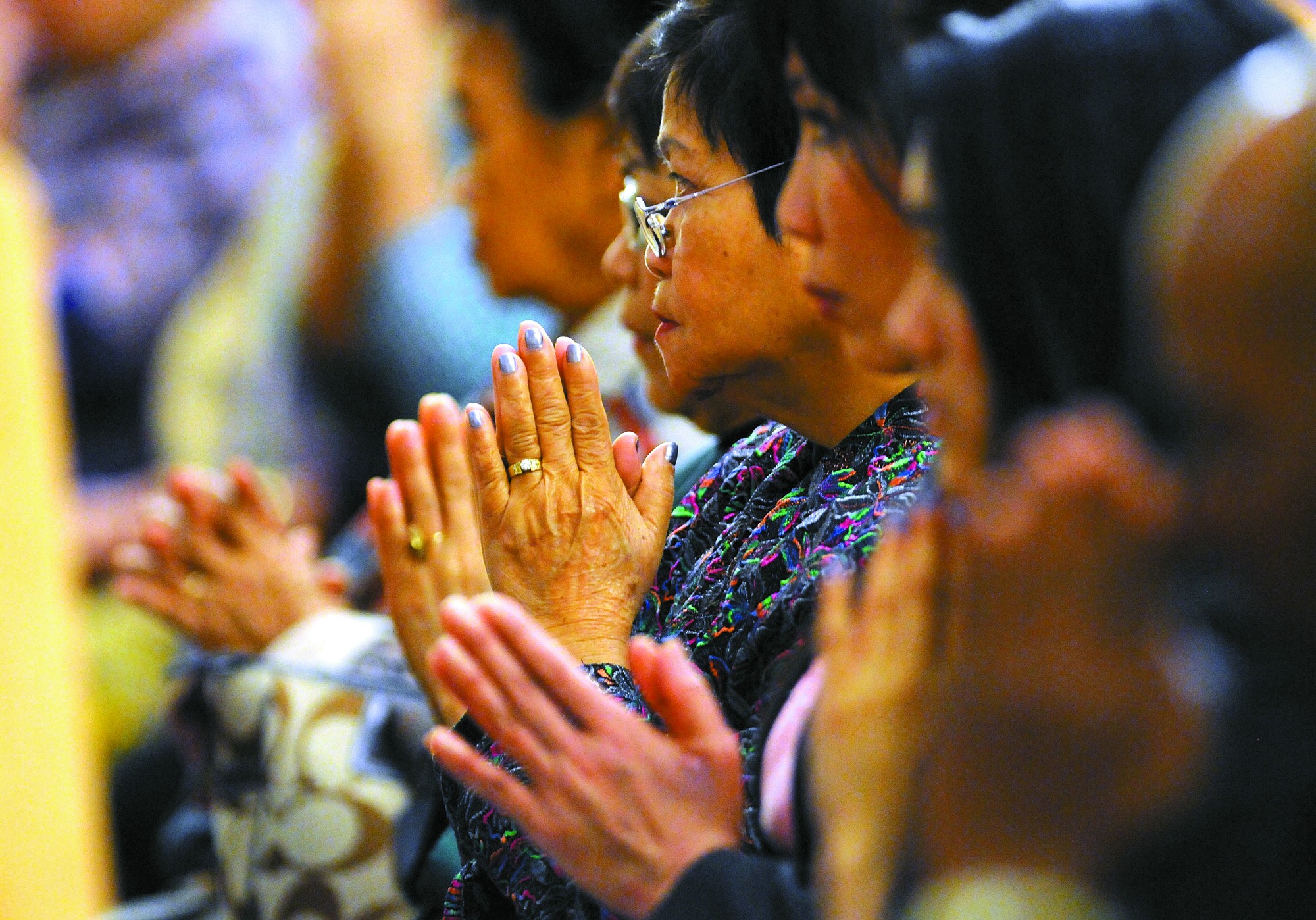



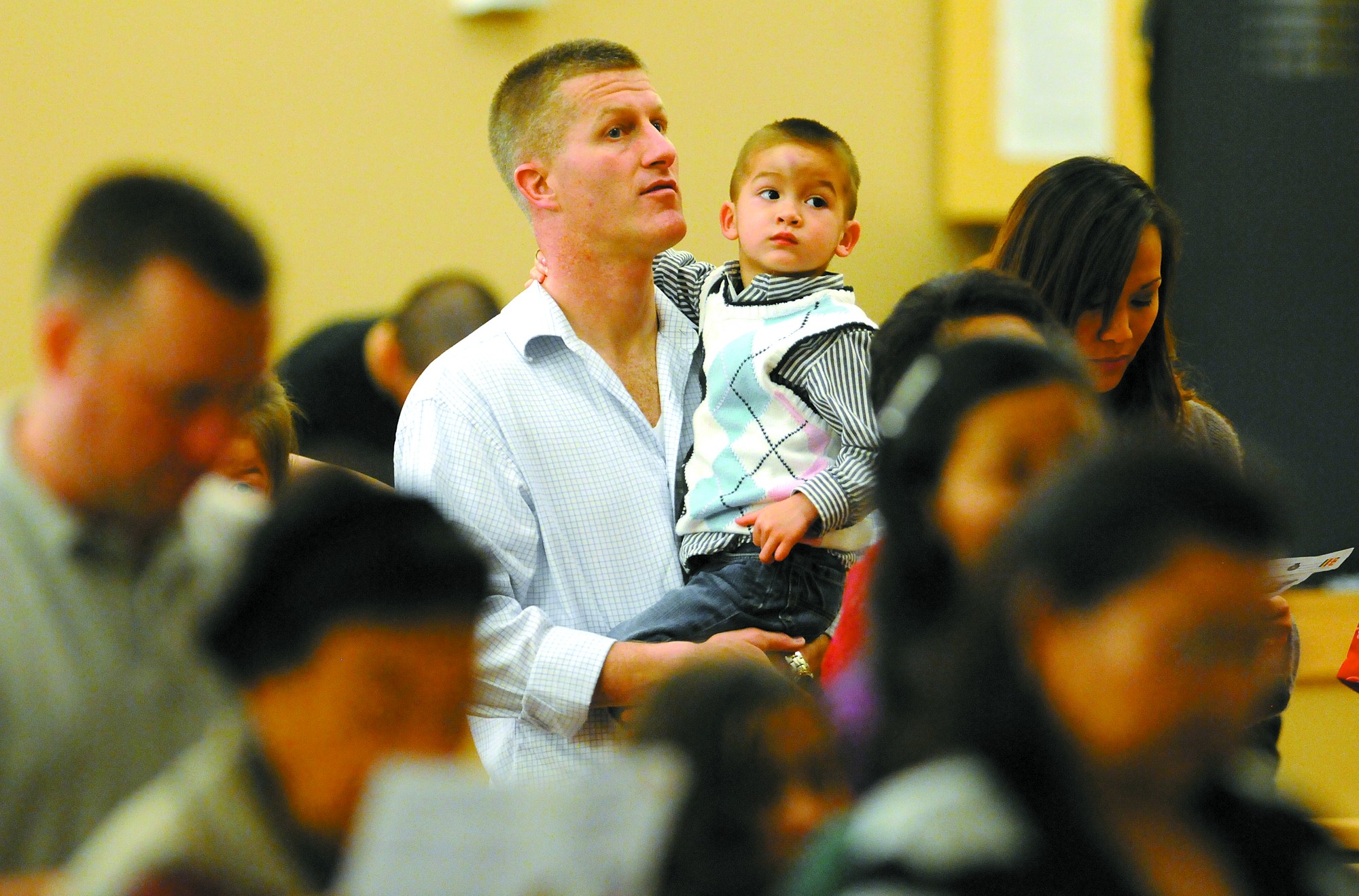
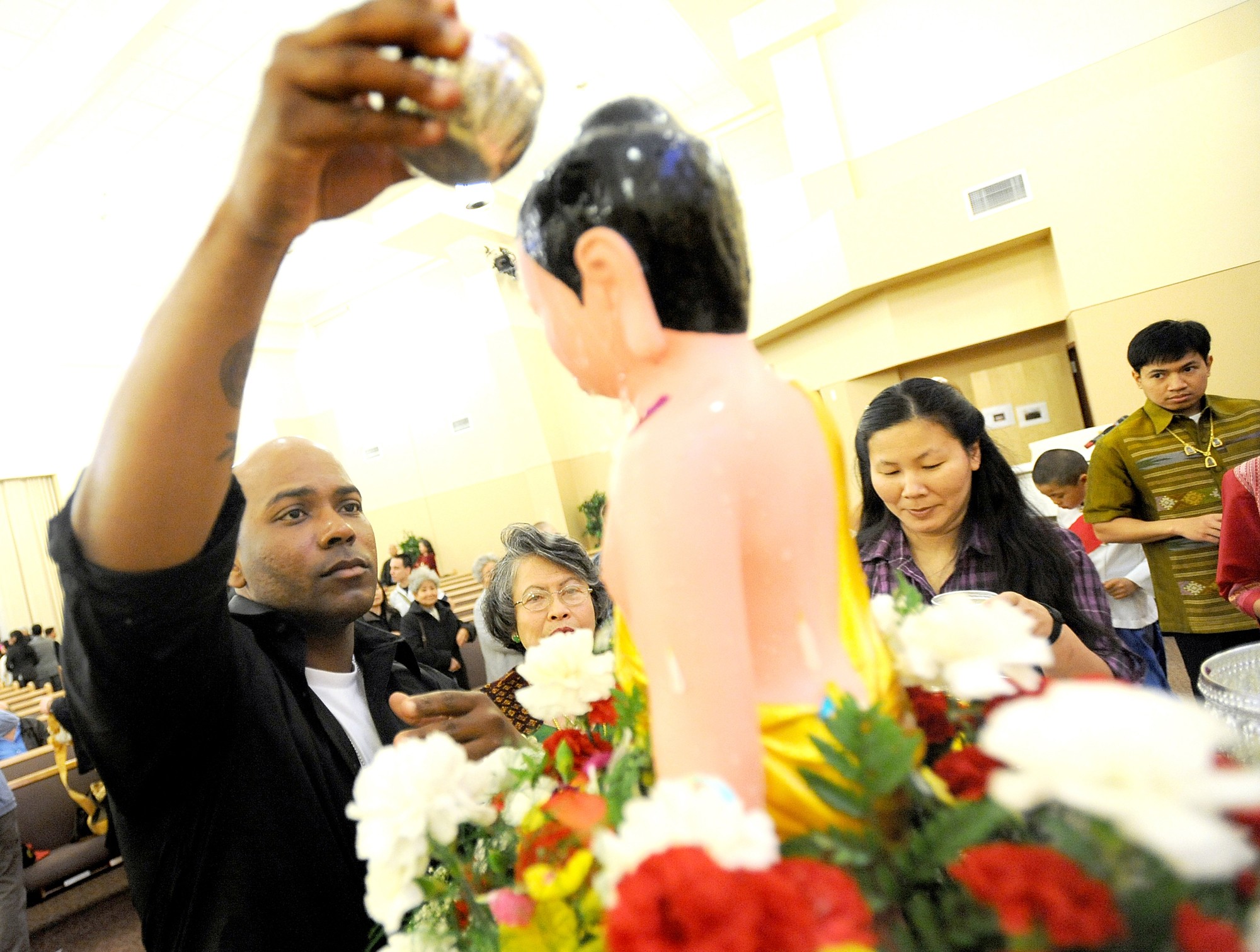
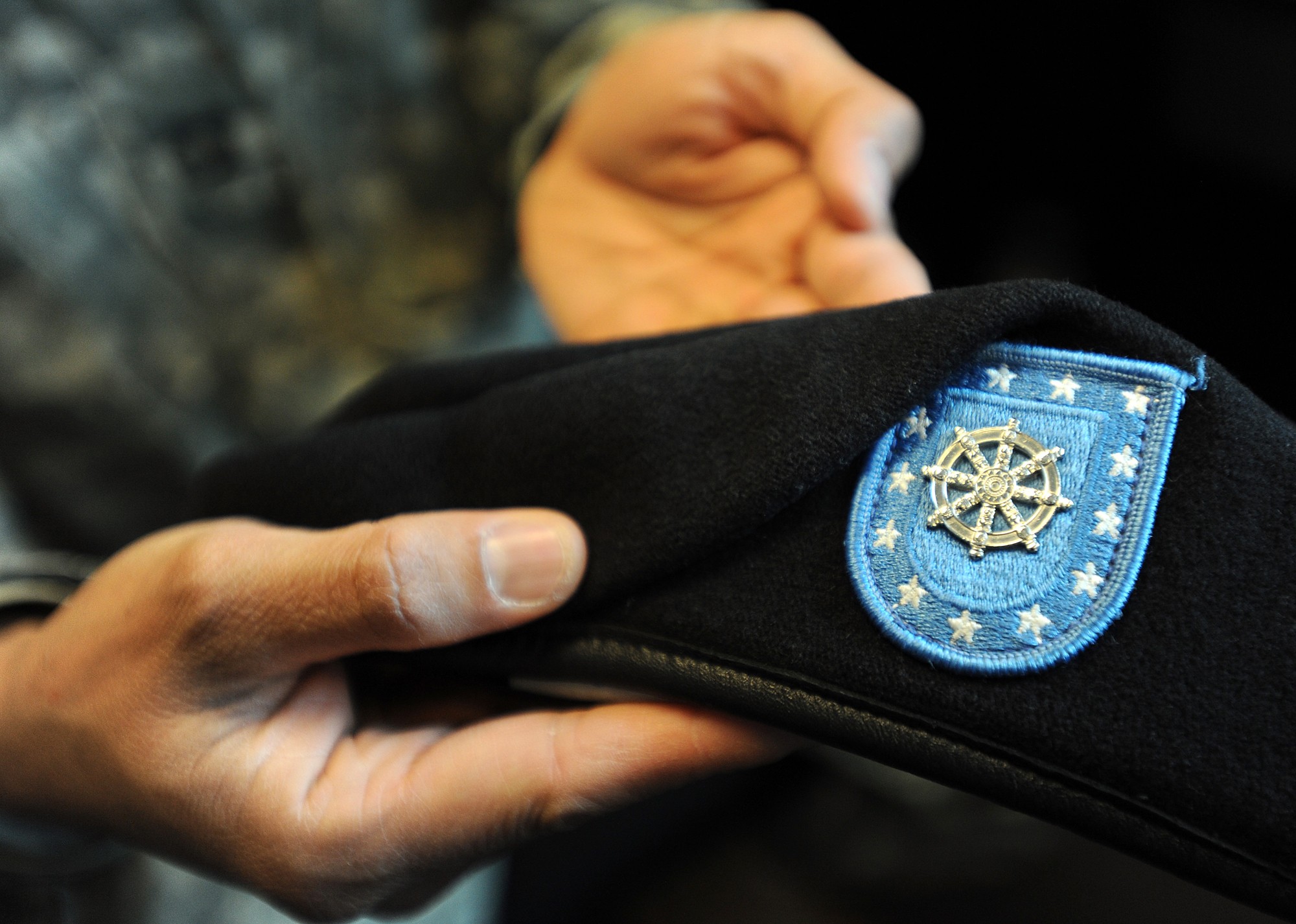

Social Sharing